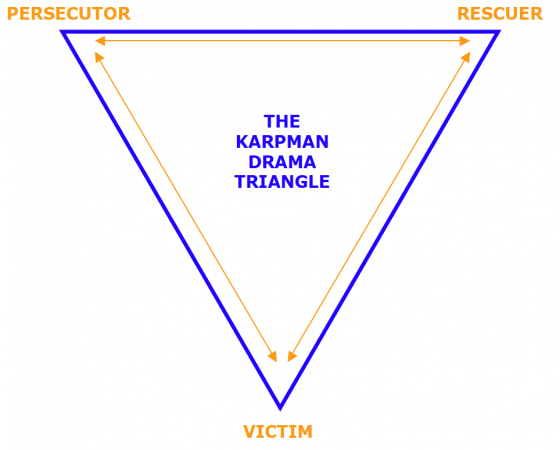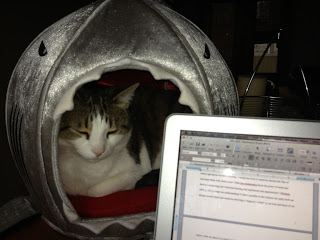You will do foolish things,
but do them with enthusiasm.
--Colette
Two weeks ago, I got hitched. I wrote about showing up and letting others see me, imperfections and all, in my last post. My wedding day delivered quite an unexpected opportunity to put these words into practice.
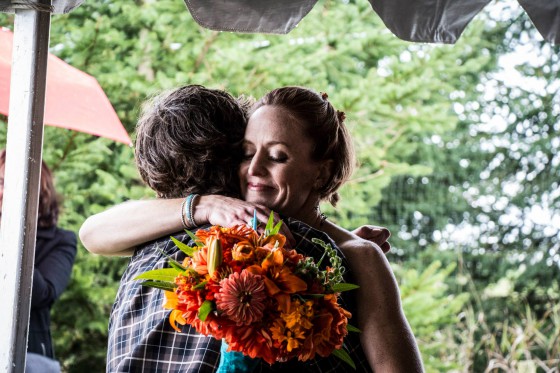
A dreamy outdoor ceremony kicked off the day and involved heart-warming shows of love and support for my partner, our relationship, and me. Because the rain and wind would not quit, we exchanged our vows under a tent that provided an ineffable intimacy.
Thereafter, when the dance floor started hopping, I was way into it. First, I got to rock out to the song I performed in my sixth-grade talent show, Aerosmith and RUN-DMC's "Walk this Way," with a wonderful friend from my Peace Corps days. I also struck out to find my adorable and adored friend who can do the worm. She has pulled off this feat on numerous occasions with amazing precision and grace, and I had requested in advance that she perform her best dance-floor deed on my big day.
http://www.youtube.com/watch?v=4B_UYYPb-Gk
The fact that she is in her early 40s is important to the story because her awesome undulations momentarily contributed to a comparison that was not at all useful: If she can do the worm, I, a 38-year-old woman, can still do the splits. Never mind that I last actualized this exploit several years ago, experienced a fair amount of stress and limited sleep in recent days, and, perhaps most importantly, spent much of the day shivering in the cold. By golly, I was going to do the splits on the dance floor, AND I was going to make sure I made my move in front of the camera. So I tracked down our lovely photographer, and Sharon cheerfully prepared herself for my performance. I went down. Nothing felt good about the movement, but I got up without too much ado. Looking crestfallen, Sharon informed me that she had not captured the Kodak moment.
My chance to practice what I preach had arrived! I could pause. I could listen inwardly and hear my pissed off body say, "Don't you ever do that to me again!" I could heed that voice and resume dancing in a way that honored my body's current state. The show would go on and be just as satisfying without that particular snapshot.
I leapt into the splits with even greater fervor the second time. As I landed, I knew in the farthest reaches of my being that I was done, not only for the night but also for some seeming eternal period of hell. I sort of blacked out for a few minutes after landing on the floor with a horrifying bounce but vaguely remember hobbling to a bag that had pain medication in it and finding my way to a chair on the edge of the dance floor. I tried to be brave and gracious as various loved ones offered me healing words, ice, and, in some cases, drunken, unsolicited advice. Like Cheryl Strayed when she lost her hiking boot on the Pacific Crest Trail, I kept imagining I was the butt of a practical joke. The throbbing pain would cease and desist, and I would resume my merriment. As she wrote, "But no one laughed. No one would. The universe, I'd learned, was never, ever kidding. It would take whatever it wanted, and it would never give it back." My hamstring was toast. No amount of wishing I could redo my foolish act would miraculously heal my broken body.
Once again, I confronted an opportunity to walk my talk and show myself some compassion. I could replace the inner judge, who had begun to chatter intensely and rapidly about how stupid and ridiculous I was, with lovingkindness blessings like, "May your leg heal quickly. May you feel at ease." I could recognize I made a mistake and repeat to myself the Brene Brown quote I intentionally placed front and center on my website: "Imperfections are not inadequacies; they are reminders that we're all in this together."
The critic grew louder. I sat in the chair, the blood now drained from my face, still trying to be brave and gracious as the songs I selected for the DJ played on and people continued to rock out within reach of my stationary post. I did not want anyone to suffer with me, but I sure longed to be out there in the heart of it all. When Billy Joel's "Just the Way You Are" came on, I could no longer could keep the tears in check. My partner and I had crooned to this song on a road trip early in our relationship. When I picked the tune, I envisioned us dancing to it, close and slow, on our big day. As tears streamed down my face, the internal voice of gloom and doom grew louder: "You not only screwed this up for yourself, you big fat idiot, but you also are ruining the party for the people keeping you company on the sideline."
http://www.youtube.com/watch?v=HaA3YZ6QdJU
Happily, my wise aunt appeared on the scene and told me to sock my pride. She is fond of the saying, "My mind is making promises my body can't keep," because she has made some of those promises herself. Her understanding provided a saving grace. A friend found my partner, who was in the other room conversing with cousins he rarely sees, and reported that I needed him. When he arrived, I told him I wanted to go to the emergency room; what I managed to accomplish on the dance floor was no joke.
At this point, my out-of-town father left the reception to get the rented van, located five blocks away at his hotel, so he could drive me to the hospital. My partner's former roommate carried me up and out of the building to wait for the van. Unbeknownst to me, my sister had taken a cab to the 24-hour Walgreens to purchase crutches and appeared with them in hand. My inner critic went hog wild in the face of all this grace. I started apologizing profusely to everyone around me, begging them to go back to the party. "Abandon the wounded bride; leave her to self-made pity party!" I almost shouted (I turn to third-person voice when I am being particularly hard on myself).
To make a long story short, my dad got lost after taking a wrong turn out of the hotel parking lot. The wait for him grew more and more unbearable until my partner and I decided to take a cab by ourselves to the ER--a sort of symbolic separation from our families of origin, although I certainly did not see the irony of our departure at that time. Thankfully, the ER was pretty much empty. The various health providers I ran into appreciated the story about why I had appeared on the scene all gussied up and someone put a warm blanket over me. I almost passed out from relief. I got the prescription-strength drugs I was after and reassurance that although I likely tore my hamstring, the tendon had not appeared to rip away from the bone.
We got back in a cab and headed to the bed and breakfast where my aunts had paid for a beautiful  room for our wedding night. The room was located at the top of a winding set of stairs. I surrendered my hope of arriving there. "Let's just go home," I sighed to my partner. We were going to do no such thing he informed me gently. He gingerly hoisted me over his shoulder and carried my whimpering self to our sought-after destination. This feminist never imagined being carried across a threshold on my wedding night. Alas, the universe had other plans for me.
room for our wedding night. The room was located at the top of a winding set of stairs. I surrendered my hope of arriving there. "Let's just go home," I sighed to my partner. We were going to do no such thing he informed me gently. He gingerly hoisted me over his shoulder and carried my whimpering self to our sought-after destination. This feminist never imagined being carried across a threshold on my wedding night. Alas, the universe had other plans for me.
Although in the days that followed, the judge took up her fair share of minutes and hours, I came back to the practices I consistently recommend to my clients. I allowed myself to view my injury as a loss without comparing myself to all the people in the world who have it so much worse than me. Because I named the injury a loss, I could grieve it and move on. Whenever I mustered the presence of mind to do so, I also allowed rather than rejected my moment-to-moment experience, acknowledging, processing, and letting go of the numerous feelings and thoughts that arose. I remembered Tara Brach's phrase, "Where your attention goes, energy flows," and focused my attention on the gratitude I felt for the people who came to my aid without resentment or expectation, only love. I reframed the event as an impassioned moment of glee--a misdirected one, to be sure, but not a tell-tale sign that I sucked as a human being, daughter, sister, friend, and partner. I reread one of my favorite Danna Fauld's poems, "Allow":
There is no controlling life.
Try corralling a lightning bolt,
containing a tornado. Dam a
stream and it will create a new
channel. Resist, and the tide
will sweep you off your feet.
Allow, and grace will carry
you to higher ground. The only
safety lies in letting it all in--
The wild and the weak; fear,
fantasies, failures and success.
When loss rips off the doors of
the heart, or sadness veils your
vision with despair, practice
becomes simply bearing the truth.
In the choice to let go of your
known way of being, the whole
world is revealed to your new eyes.
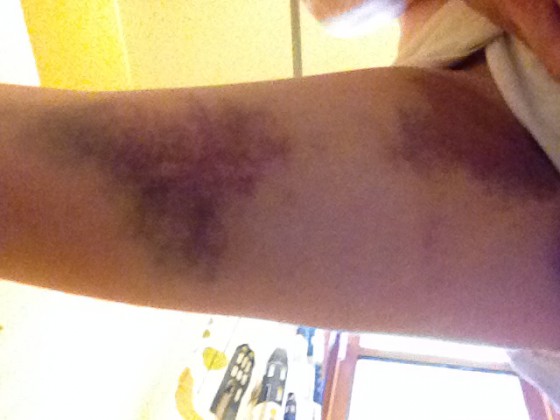 Turning loving attention toward my experience remains an ever challenging practice. This particular episode continues to represent what one of my mentors calls (and don't read on if swearing offends you) "another fucking growth opportunity." But I am growing. I keep thinking about the many moments during my wedding day when I felt connection, beautifully defined by Brene Brown as "the energy that is created between people when they feel seen, heard, and valued; when they can give and receive without judgment." I am healing, not just my body but also my spirit. Sufficiency is my reality, and I wake up each day aspiring to strengthen my belief in that radically transformative truth.
Turning loving attention toward my experience remains an ever challenging practice. This particular episode continues to represent what one of my mentors calls (and don't read on if swearing offends you) "another fucking growth opportunity." But I am growing. I keep thinking about the many moments during my wedding day when I felt connection, beautifully defined by Brene Brown as "the energy that is created between people when they feel seen, heard, and valued; when they can give and receive without judgment." I am healing, not just my body but also my spirit. Sufficiency is my reality, and I wake up each day aspiring to strengthen my belief in that radically transformative truth.
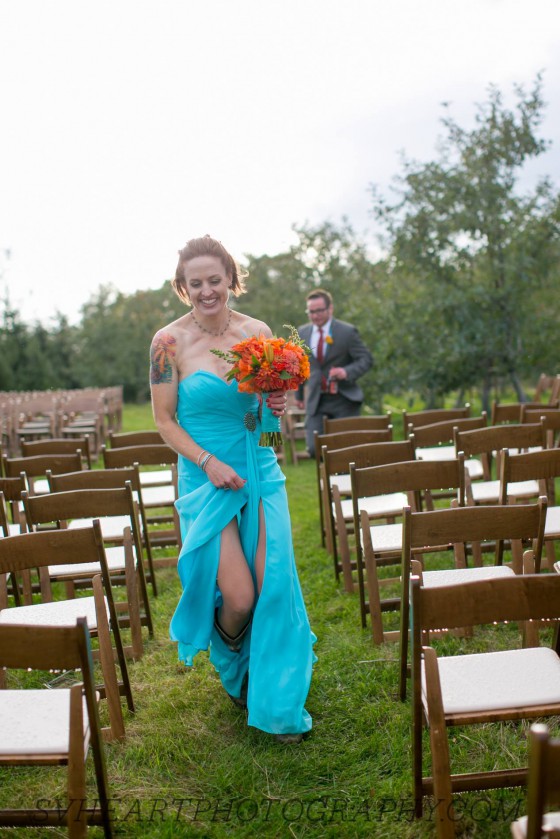
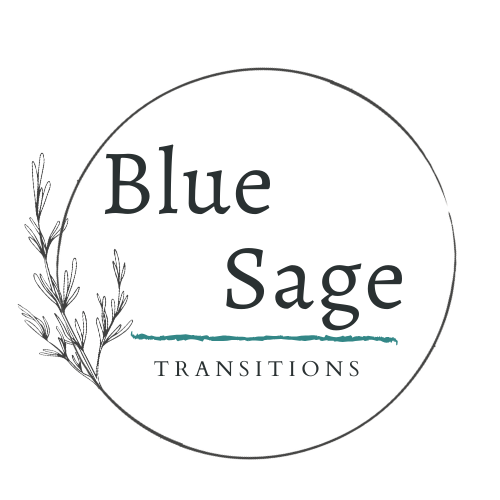
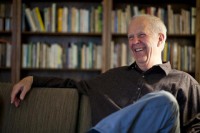
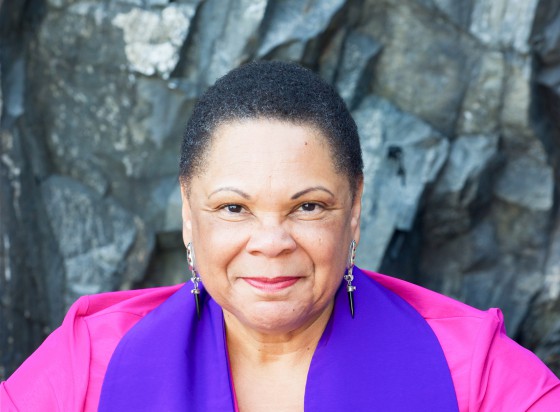

 room for our wedding night. The room was located at the top of a winding set of stairs. I surrendered my hope of arriving there. "Let's just go home," I sighed to my partner. We were going to do no such thing he informed me gently. He gingerly hoisted me over his shoulder and carried my whimpering self to our sought-after destination. This feminist never imagined being carried across a threshold on my wedding night. Alas, the universe had other plans for me.
room for our wedding night. The room was located at the top of a winding set of stairs. I surrendered my hope of arriving there. "Let's just go home," I sighed to my partner. We were going to do no such thing he informed me gently. He gingerly hoisted me over his shoulder and carried my whimpering self to our sought-after destination. This feminist never imagined being carried across a threshold on my wedding night. Alas, the universe had other plans for me. Turning loving attention toward my experience remains an ever challenging practice. This particular episode continues to represent what one of my mentors calls (and don't read on if swearing offends you) "another fucking growth opportunity." But I am growing. I keep thinking about the many moments during my wedding day when I felt connection, beautifully defined by
Turning loving attention toward my experience remains an ever challenging practice. This particular episode continues to represent what one of my mentors calls (and don't read on if swearing offends you) "another fucking growth opportunity." But I am growing. I keep thinking about the many moments during my wedding day when I felt connection, beautifully defined by 
